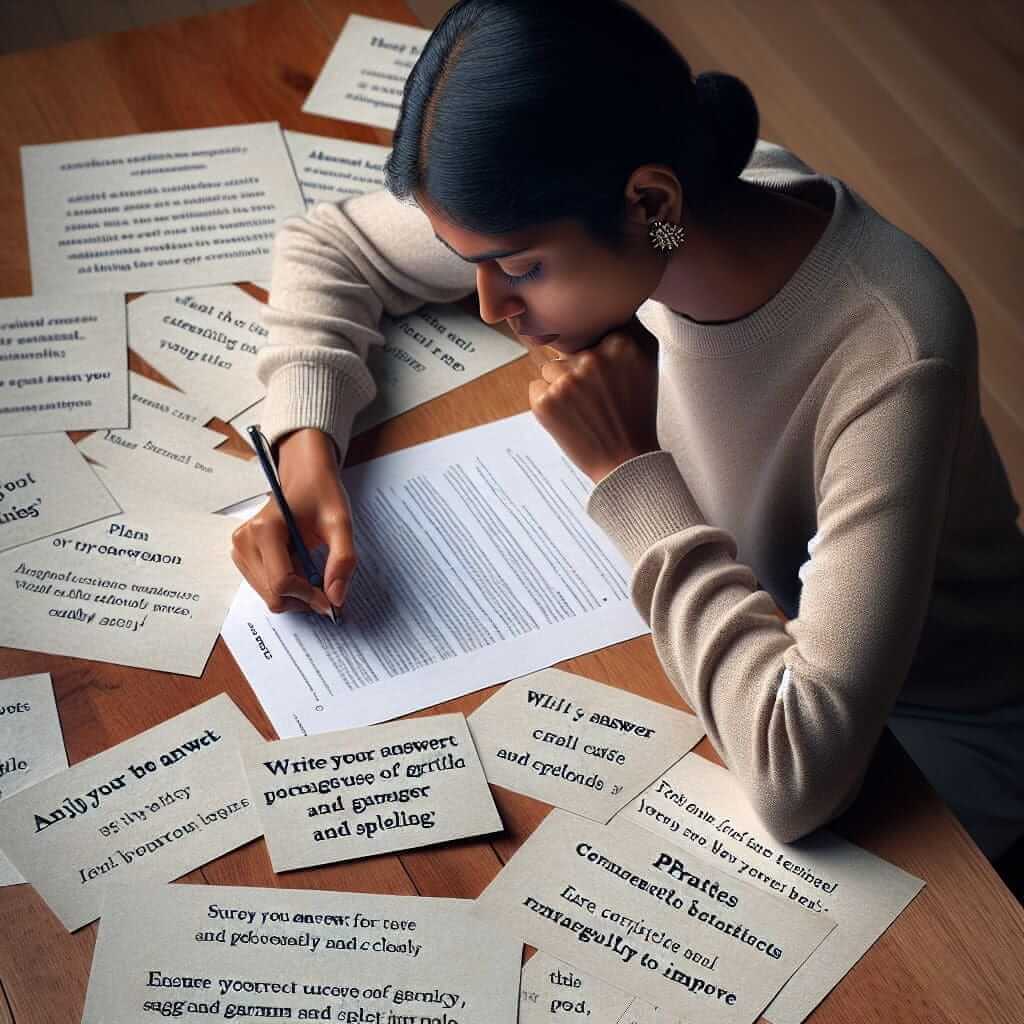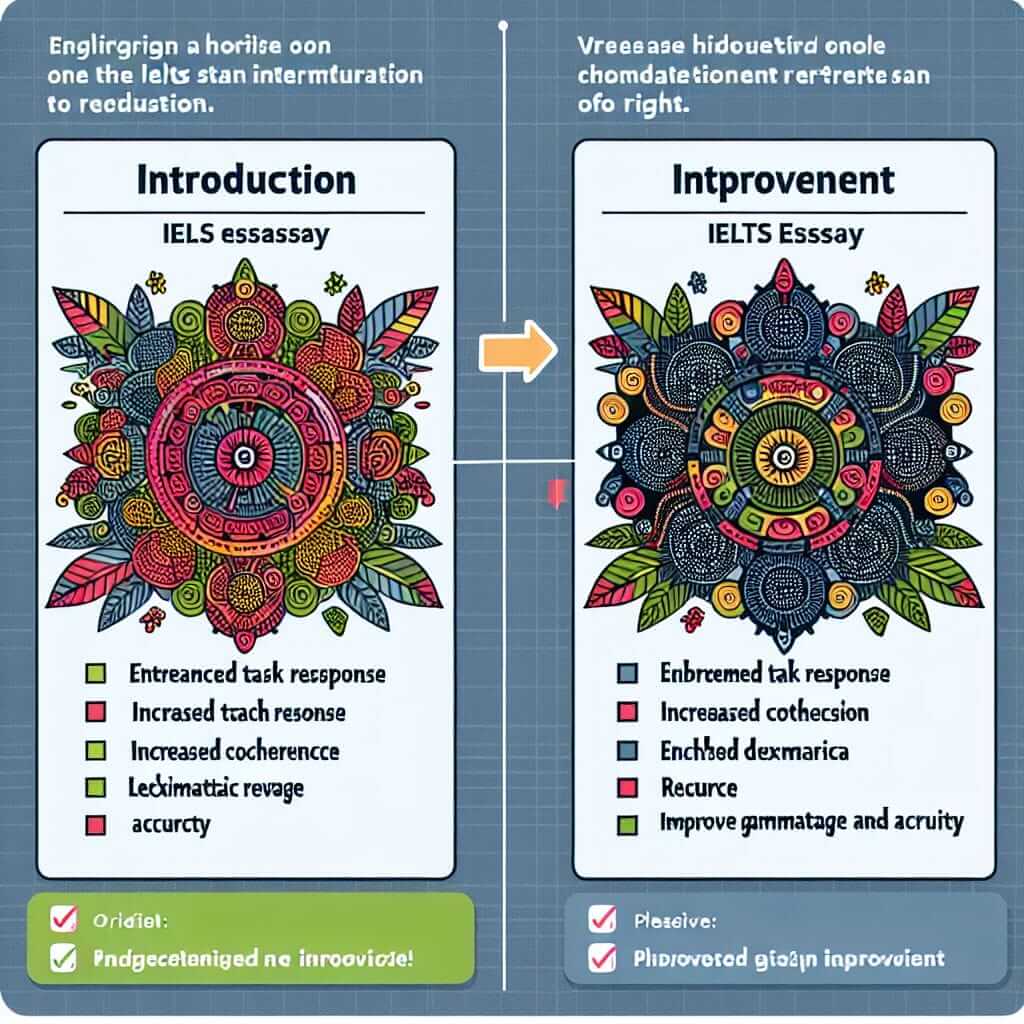The IELTS General Training Writing Task 1 requires you to compose a letter of at least 150 words in 20 minutes. It assesses your ability to communicate effectively in English in a practical, everyday context. Whether you’re writing to a friend, a landlord, or a potential employer, understanding the nuances of letter writing is crucial for achieving a high band score. This comprehensive guide delves into the intricacies of IELTS General Letter Writing, providing you with expert strategies and practical tips to excel in this section.
Understanding IELTS General Letter Writing
The key to success in this task lies in understanding its purpose. It’s not just about showcasing your vocabulary or grammatical accuracy; it’s about demonstrating your ability to:
- Comprehend the task instructions: Carefully analyze the given scenario, identifying the purpose of your letter, your intended audience, and the specific points you need to address.
- Structure your letter effectively: Follow a clear and logical format appropriate for the type of letter requested (formal, semi-formal, or informal).
- Use appropriate language and tone: Tailor your writing style and choice of words to suit the recipient and the purpose of your letter.
- Convey your message clearly and concisely: Present your ideas in a coherent and organized manner, using appropriate linking words and phrases.
Types of Letters and Their Structure
In the IELTS General Writing Task 1, you might encounter three main types of letters:
1. Formal Letters:
These are typically addressed to individuals you don’t know personally, such as potential employers, landlords, or officials. Key features include:
Structure:
- Your Address: (Top Right Corner)
- Date: (Below Your Address)
- Recipient’s Address: (Left Side, Below the Date)
- Salutation: Dear Sir/Madam (if recipient’s name is unknown) or Dear Mr./Ms./Title + Last Name
- Introduction: State the purpose of your letter clearly and concisely.
- Body Paragraphs: Develop your points logically, providing relevant details and explanations.
- Conclusion: Summarize your main points and state any desired action.
- Closing: Yours faithfully (if recipient’s name is unknown) or Yours sincerely (if recipient’s name is known)
- Your Full Name: (Below the closing)
Language:
- Formal vocabulary and expressions
- Impersonal tone
- Avoid contractions or colloquialisms
2. Semi-Formal Letters:
These fall between formal and informal letters. You might write them to someone you know professionally but not on a personal level, such as a teacher, a colleague, or a doctor.
Structure: Similar to a formal letter, but you may use a slightly less formal tone.
Language:
- Polite and respectful, but not overly formal
- Can use contractions occasionally, but avoid slang or overly casual language.
3. Informal Letters:
These are written to friends, family members, or close acquaintances.
Structure:
- Your Address: (Top Right Corner)
- Date: (Below Your Address)
- Salutation: Dear + First Name
- Introduction: Start with a friendly greeting and mention the purpose of your letter.
- Body Paragraphs: Share your thoughts, feelings, or experiences in a conversational tone.
- Conclusion: End with a closing remark and well wishes.
- Closing: Best regards, Kind regards, Warmly, etc.
- Your First Name: (Below the closing)
Language:
- Informal vocabulary and expressions
- Personal tone
- Contractions and colloquialisms are acceptable
 IELTS Letter Writing Tips
IELTS Letter Writing Tips
IELTS Letter Writing Tips for Success
Here are some valuable tips to help you achieve a higher score in the IELTS General Writing Task 1:
- Analyze the prompt carefully: Understand the type of letter, the tone, and the specific information required.
- Plan your letter: Jot down key points and organize your thoughts before you start writing.
- Use a clear and concise writing style: Avoid overly complex sentences or vocabulary.
- Pay attention to grammar and spelling: Errors in these areas can lower your score significantly.
- Practice regularly: The more you write, the more confident and fluent you will become.
Conclusion
Mastering IELTS General Letter Writing requires understanding the nuances of different letter types, utilizing effective structuring, and employing appropriate language. By following these guidelines and practicing consistently, you’ll be well-equipped to confidently tackle this section of the IELTS and achieve your desired band score. Remember, clarity, conciseness, and coherence are your allies in this endeavor.


